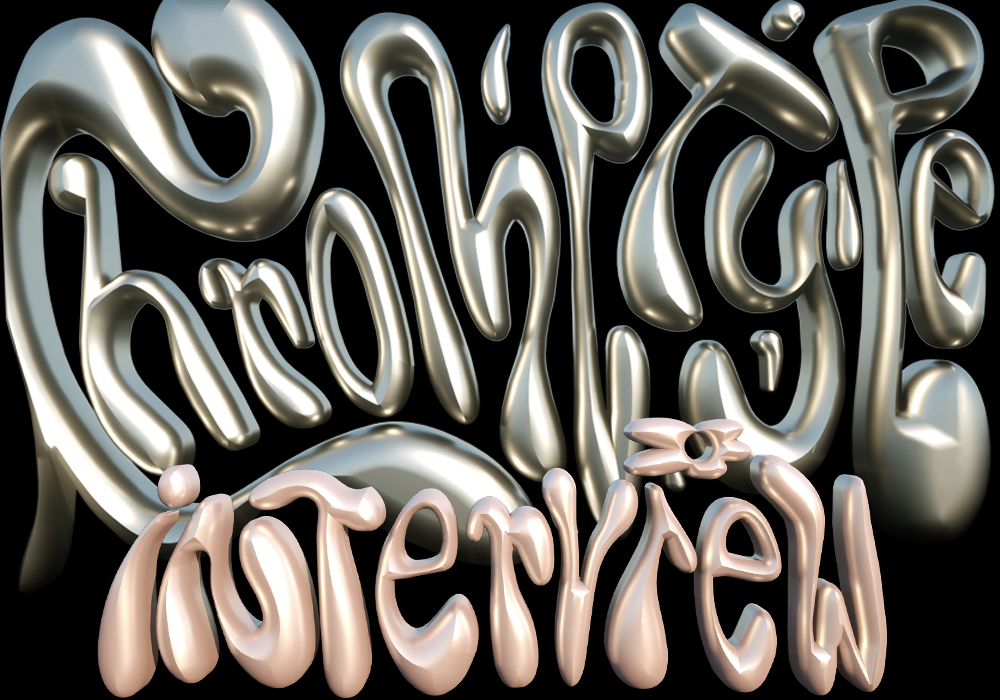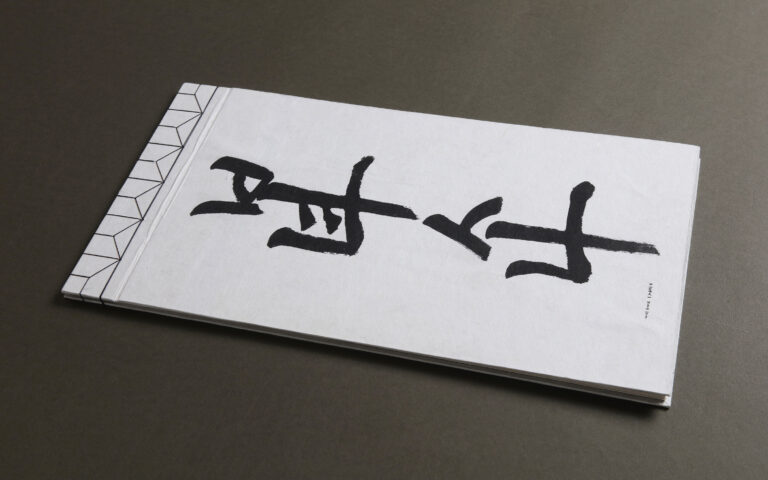Discussing everything from NFTs to the appeal of the chrome aesthetic, David F. Costa, founder of Disruptive magazine, interviews the creative behind @chrometype, a platform for the 3D type & chrome aesthetic obsessed.
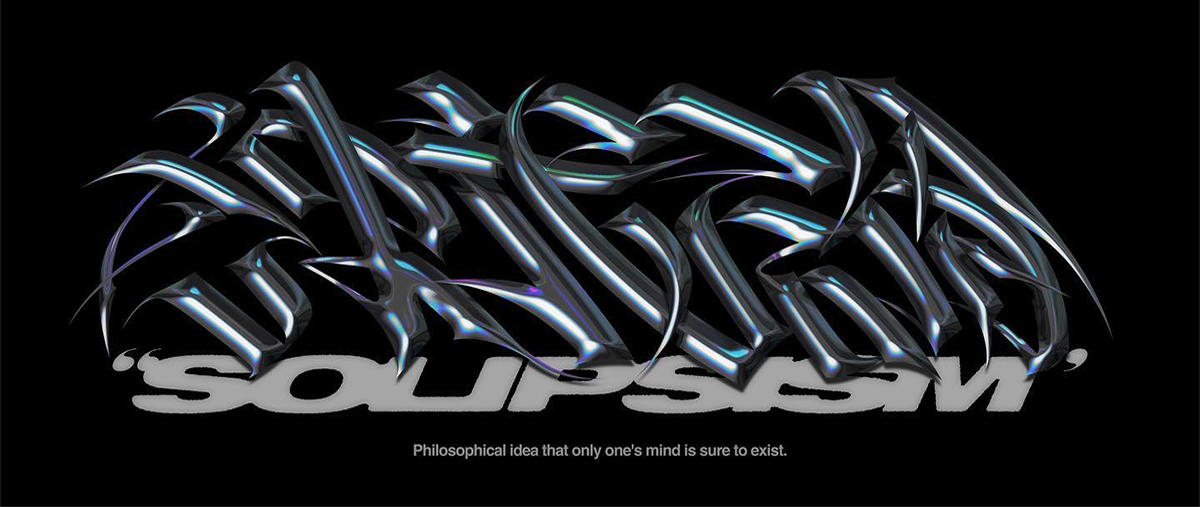
Joey, also known as Modern Revolt, is the creator of @chrometype, an Instagram page with over 120k followers that has helped spark a big movement in the digital art/design world. With more than one thousand reposts over three years, he built a strong and supportive community of artists who make “chrome” and “acid” visuals through digital media, especially 3D. This style is easily recognisable by its metallic, reflective shapes and fluorescent, vibrant colors.
Having made its way into to fashion and music, Chrometype became more than simple Instagram designs with shiny effects—creating a name for itself in the mainstream media.
In this interview, Joey gives us a better insight into how he started, what Chrometype represents and what’s in store for the future, while sharing his experience of running a page with such a following.
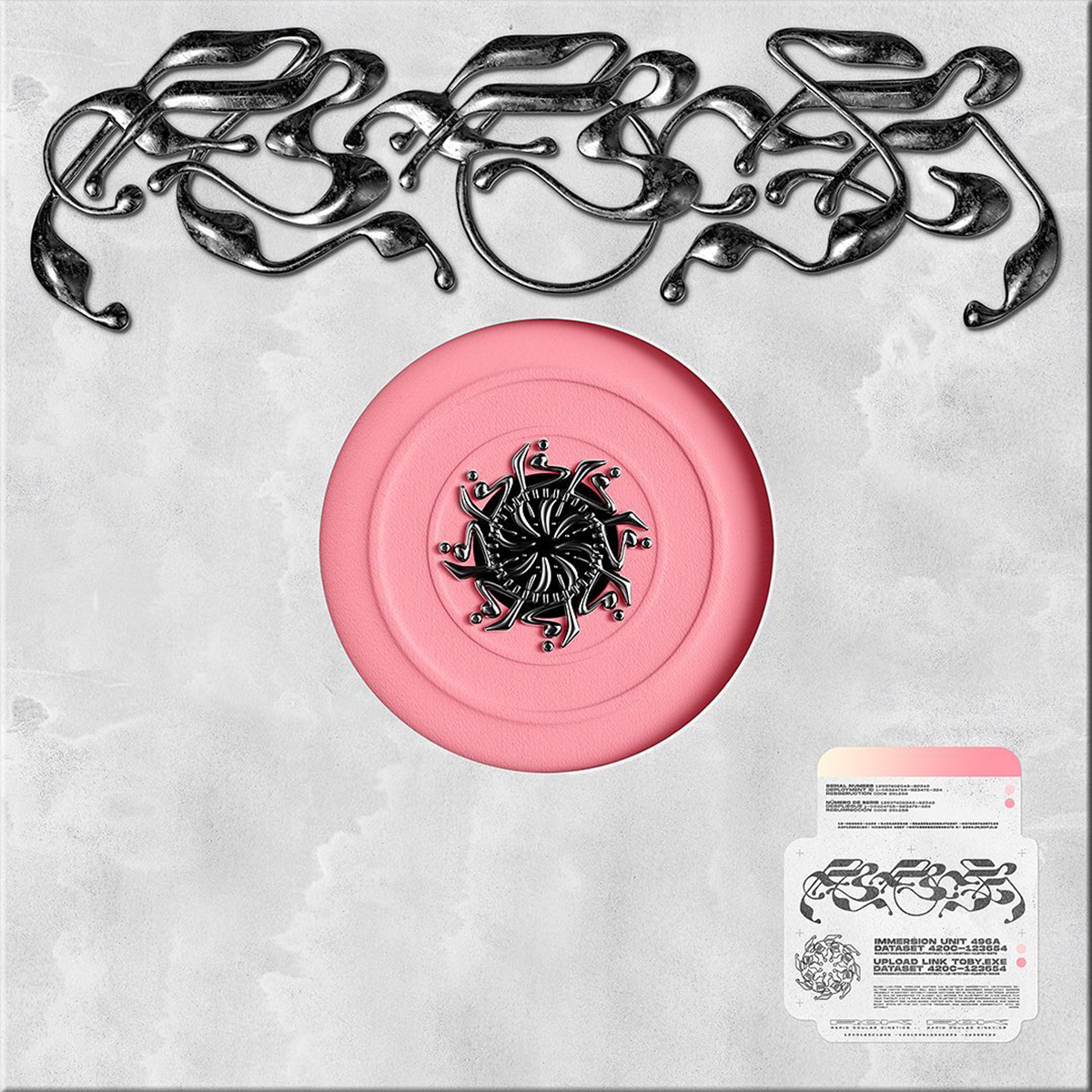
DC: I think we should start by your background. Can you tell me about how you started as a designer?
J: My name is Joey (known online as Modern Revolt). I started working as a freelance graphic designer around the start of 2019, which is also when I became aware of the design community present on Instagram. The experimental typography and ‘acidgraphics’ artworks that were quickly starting to gain popularity around that time caught my attention and I started creating similar works.
DC: Speaking about that time in 2019, before switching to Chrometype in that year you ran a label called fated records, if I’m not wrong. Do you feel like you got more passionate about visual art and design than music over time? What made you change from one area to another?
J: I founded the indie record label Fated in 2016 while also producing my own music on the side. That’s actually how I got interested in design in the first place. Because we didn’t have money to commission designers I taught myself how to use Photoshop and I would make the cover arts and promotional material. The label was pretty successful for a few years but unfortunately I started to lose interest in the type of music we were releasing and I moved on. My favorite part of running the label was doing A&R; going through demos, picking the best ones and finding a kind of overal sound for the label. Which in many ways is similar to what I do with Chrometype today.
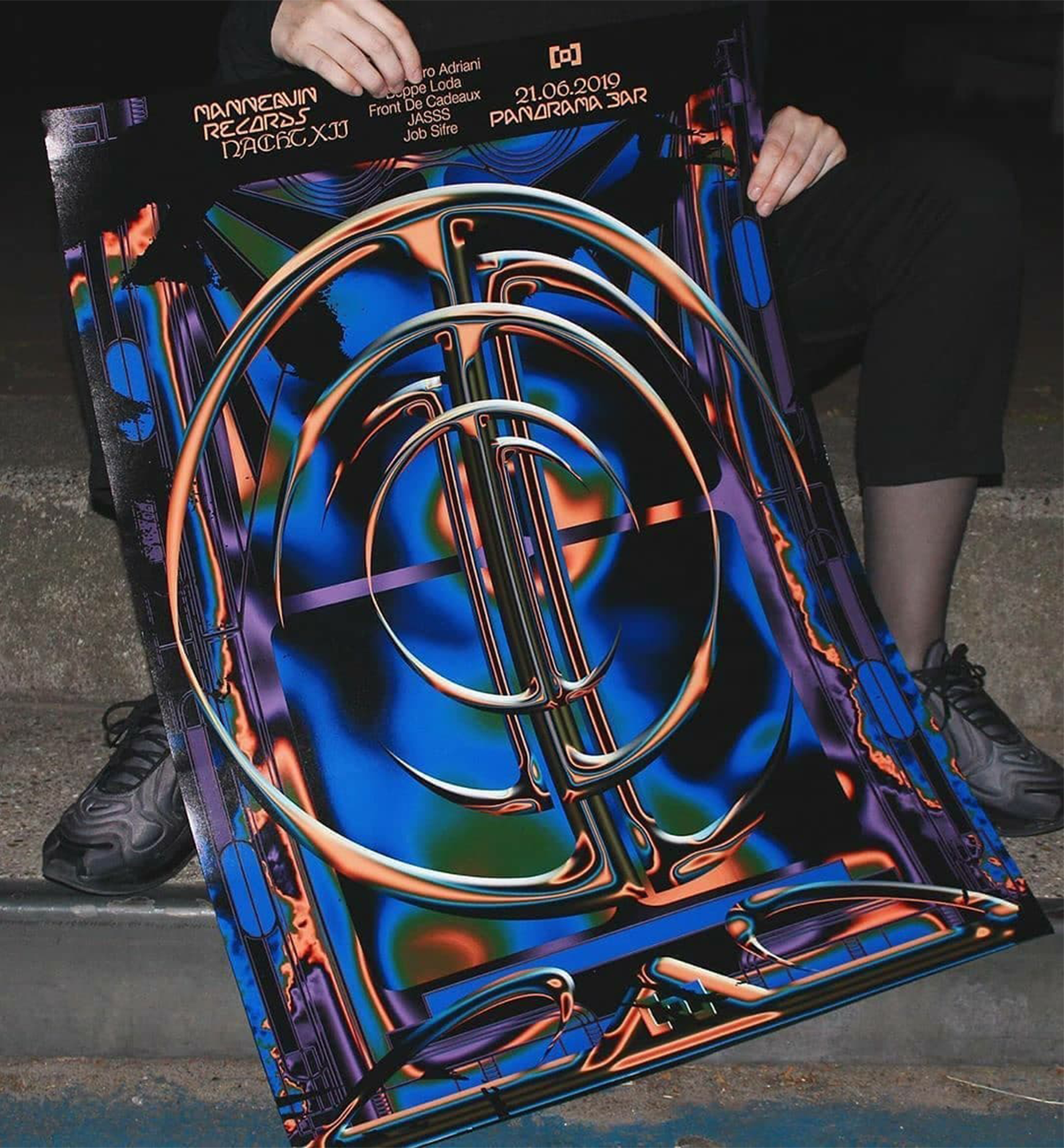
DC: So you like to dig through content and collect it…That has always been something you had in common in the stuff you do.
J: It’s a problem actually. I have thousands of images saved. Most are visuals I love and reference for my own work. Guess I’m a bit of a digital hoarder, haha.
DC: Haha, well, you name it, between a passion and an obsession you’d say it has a little bit of both?
J: For sure. To run a fanpage about a tiny design niche for 3 years, you have to be a little obsessed.
DC: I mean, for a”tiny design niche” it has gained a lot of popularity over that time and surely you’ve been a good part of it. Did you expect all of this hype? What are your thoughts about it? And also, how do you see it evolve in the future as a part of mainstream culture it’s becoming?
J: When I started the page I didn’t have any expectations at all. My goal was pretty much just to collect and share images of shiny text because they looked attractive. It’s still kinda surreal seeing how influential chrometype has been in both music and fashion, inspiring many things like album covers, clothing designs, branding and even ads. One time I went to a local streetwear brand when I was traveling in Vietnam of all places, and I found they were selling a tshirt that featured chrometype text that looked like it was made using a popular Photoshop preset going around in our community at that time. Completely blew my mind knowing my page had somehow influenced the design of that shirt. There have been a couple times where I thought the trend was coming to a halt but somehow it has managed to stay relevant and constantly evolving. I started out uploading strictly type but now I upload pretty much any artwork that features shiny objects / shapes. I’m really happy I’m able to inspire people and help designers reach a wider audience by sharing their art.
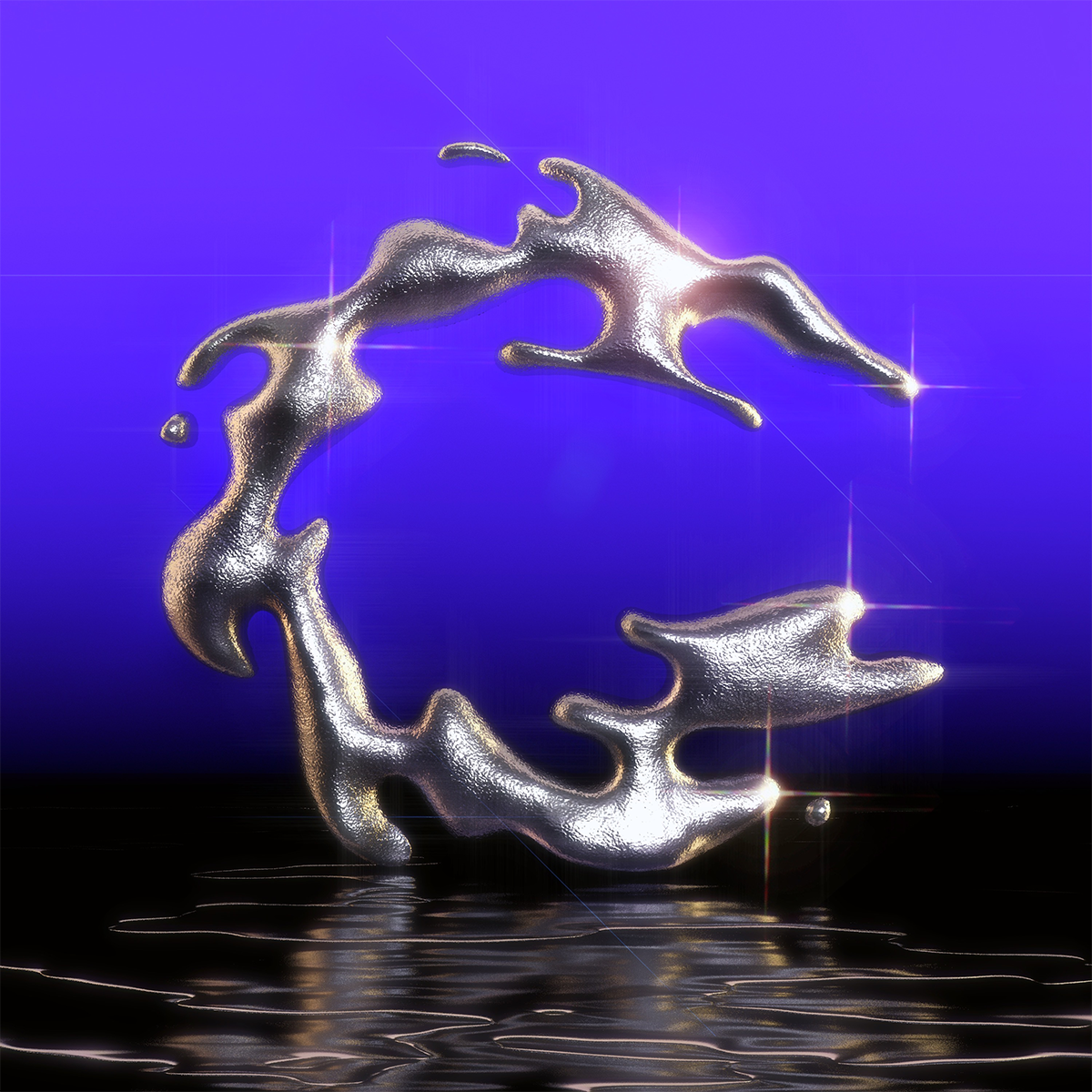
DC: So you think that it’s not going to lose hype anytime as long as the content is also evolving in different and fresh ways?
J: I honestly have no idea what will happen to chrometype as we know it today but I’m sure it will inspire and live forth in other styles. Recently the trend of mixing chrometype with character art and fashion has gained a lot of popularity so I hope to see more of that.
Also thanks to designers creating tutorials and assets there are still a lot of new designers coming into the space. The design community seems to be very welcoming and supportive of new designers which is amazing to see, especially in contrast to the music community that I was a part of.
DC: In spite of that contrast do you think that music and the chrome visuals have a common ground? Do you think that there is any connection between certain music genres and the chrome aesthetic? If so, how do they influence each other? Also, why do you think the music community lacks connection and support?
J: Not necessarily a music genre but I think at its core, chrometype is retrofuturism, because it takes both elements from early computer art from the 90’s / Y2K and mixes it with modern digital art. Although people love nostalgia they also love imagining what the future would look and sound like, and this is a nice balance of both. One album I think embodies these same values both sonically and visually is Lady Gaga’s Chromatica. Ironically, I suspect the chrometype genre may have played a role in influencing the visual style and maybe even the name for that album as well.
For whatever reason the design community seems to be a lot less competitive. I’m not sure why exactly.
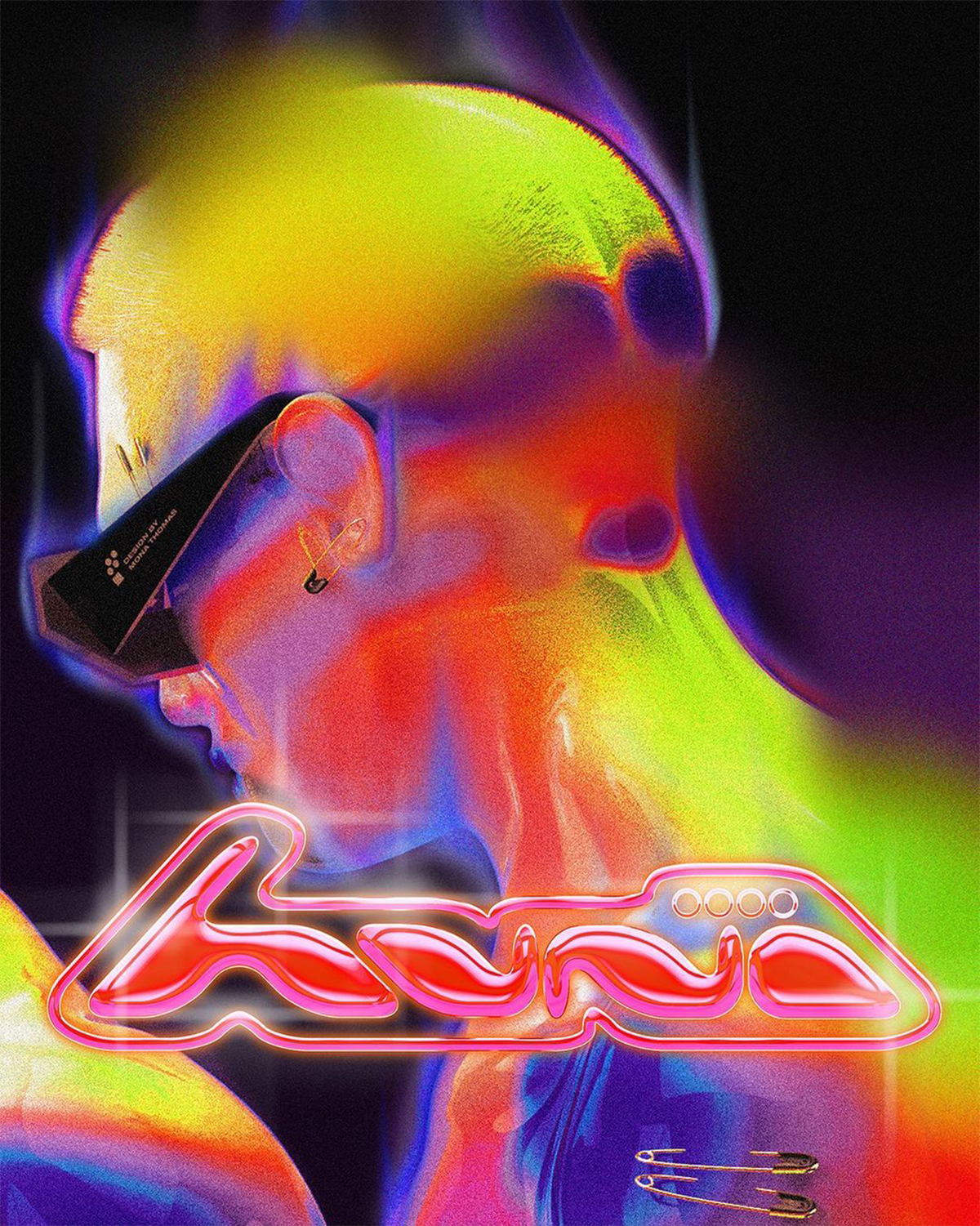
DC: Speaking about artists, who do you think is really pushing the chrome scene foward?
J: In my opinion, these three studios are the holy trinity: Sucuk & Bratwurst, Obby & Jappari, Golgotha. They’ve been doing it from the start. As for independant artists I think Guccimaze, Kushlet & Victor Scorrano have been the most influential and are still inspiring many new artists today.
DC: Any smaller artists you think have potential?
J: Always got my eyes on Shinen, Outside.inc & Apricour.
DC: In a Q&A, you spoke about reposting artwork to your story/feed according to the amount of attention it can retain from you. Does that rule still apply? For you, what makes an artwork have that effect?
J: Yes that’s still how I choose what to post. I think I mostly care about how attractive an artwork looks. And then originality or story are a plus. The attractiveness of an artwork is hard to measure or explain but I guess it’s based on basic design principles, most importantly the composition. Does the image lead your eye in a nice way, is there nice contrast and of course render quality and display of technical skill play a role too. People often ask what they have to do to get reposted on the feed and I never know what to tell them haha.
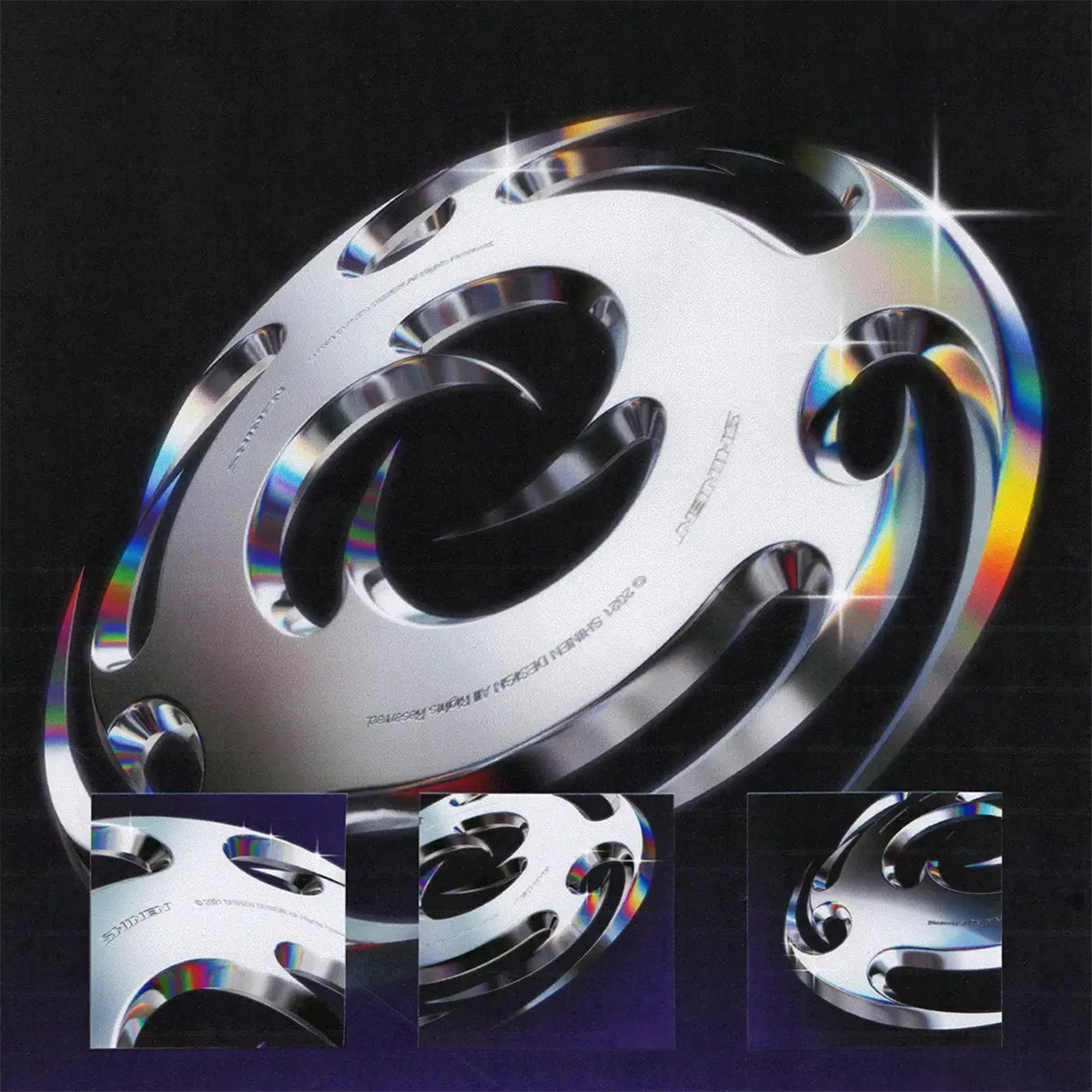
DC: And do you often get inquiries from people that think you made all the stuff in that page?
J: Funny you ask that. I get multiple of those per week. I have a standard message saved in my keyboard that reads: “Hey this is a repost page, the artists are tagged in the descriptions of the posts”.
DC: What impact do you think NFTs had on the Chrometype and the overall online art community?
J: I’m not that interested in NFTs. Unfortunately, I think they’ve mostly had a negative impact on the quality of the art that’s being produced because many artists are now creating art with profit incentive in mind. When it first started I was hoping that that was just an unfortunate side effect but now I realize most people aren’t interested in buying NFTs because they like the art/artist at all. And most of the artists that actually manage to sell their NFTs already have a substantial following and income which I guess is cool but not revolutionary. It just helps successful people to become more successful. But also I don’t know much about it.
DC: Ok, so last 2 questions: Have you ever thought of making a server/group to join your whole community? If yes, can you say when it’s going to happen?
J: Not enough people showed interest last time I asked on my story and it seems like a pain to set up and moderate. I have to put my focus on other things now. I may change my mind some day though.
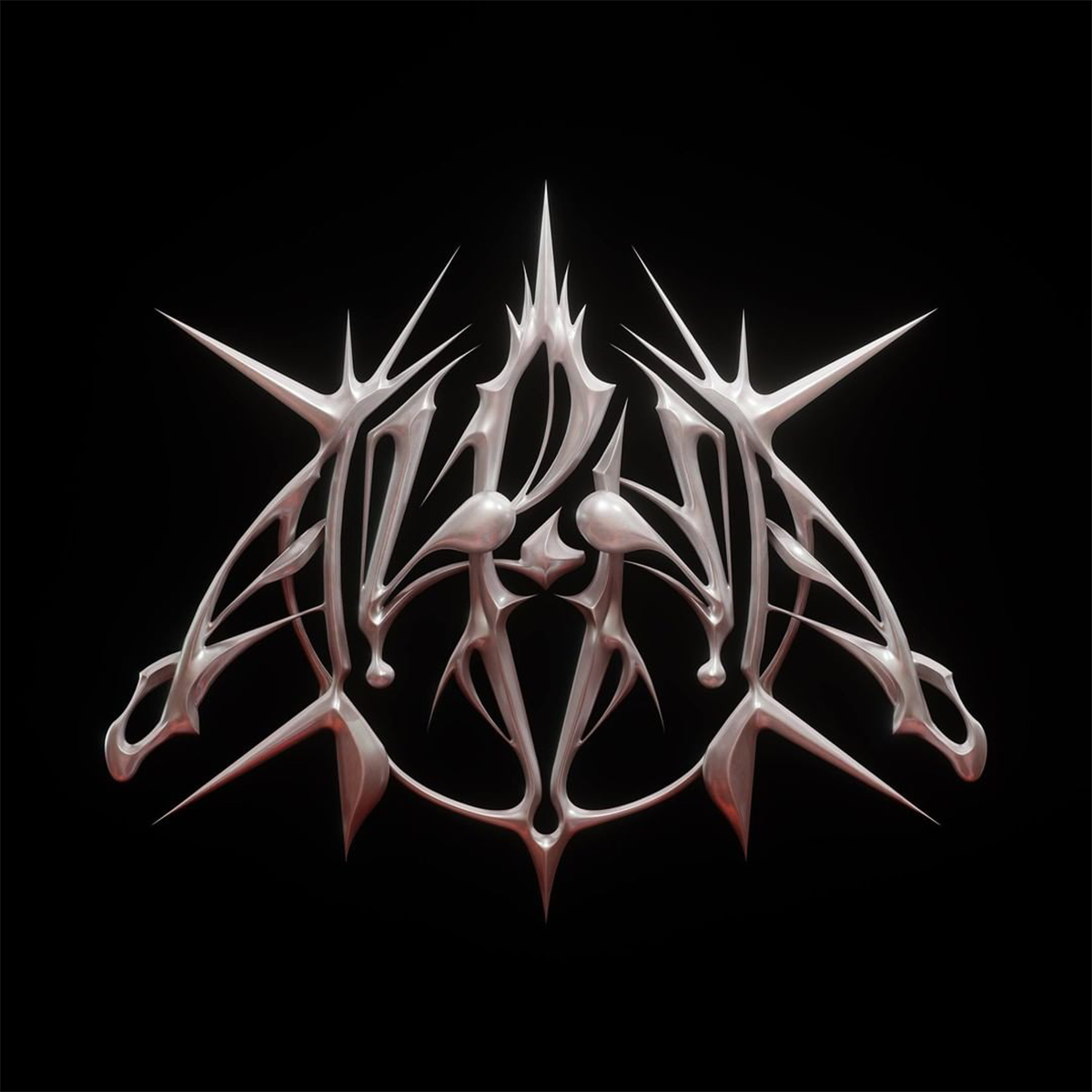
DC: I think it would be great, but I understand and we’ll stay tuned for news. Just to end it, what advice would you give to new artists who are just now getting in touch with all of this?
J: Learn a little bit of everything. You’ll be working alone most of the time and clients will expect you to do everything from type to 3D to animation. Be your own studio basically. Your focus should be on learning technical skills and developing a workflow that you’re comfortable with so you can create and post your work frequently. Don’t worry too much about being unique, it’ll come with time.
DC: Great, we’re done! Is there anything more you’d like to say?
J: Love your questions, and you made me think about things I usually would never think about. Chrometype is kinda just something I do on the side so I don’t usually take the time to think much of it. Thanks for having me!
Written by David F. Costa, @davidfcosta_.

